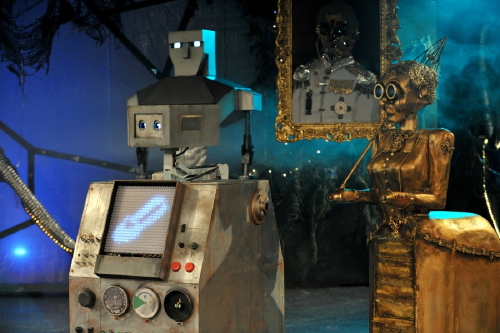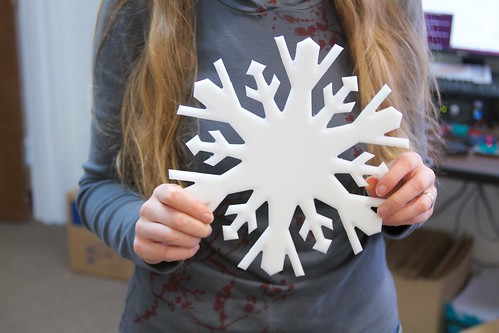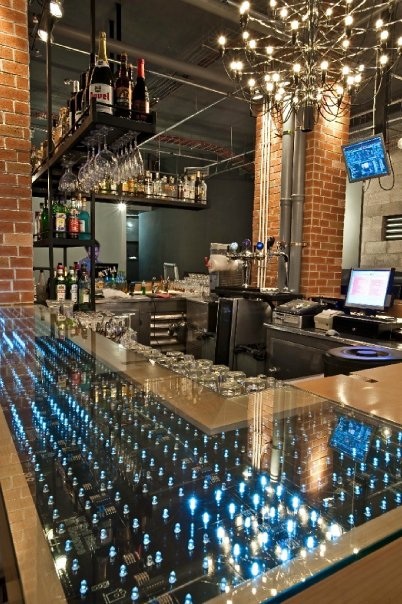
We’re no strangers to seeing an occasional hard-to-look-at article of clothing. However, we recently came across the above pictured dress (the Signature Shift Dress by Julie Brown), and noticed a peculiar quality about it. The pattern of angled, high-contrast shapes makes it remarkably difficult to see the actual shape of the dress underneath that print.
Now, where have we seen this kind of thing before?
_cropped.jpg)
Ah yes: Dazzle Camouflage! Dazzle camouflage was used in WWI to make ships more difficult to identify and target, by disguising their size, configuration, range and orientation. This is different from traditional camouflage, which tries only to minimize visibility, but can be surprisingly effective. In the photo above, of the USS Mahomet in port (circa November 1918), it’s hard to make out even the out the shape of the ship.
Additional good examples of ships with dazzle camouflage can be seen here, here, and here (in an article that discusses the design process for the patterns).
Curiously, dazzle camouflage seems to have made a recent comeback in fashion.

This Print Wrap dress at Uupto distorts the model’s curves in strange ways. Thanks to the “mountain range” in the middle, one might initially perceive this to be a maternity dress.

The Print and Proper dress at Modcloth is another new example.

And the Poleci Women’s Cross Front Striped Longsleeve Top from FavBuy creates the illusion of a strangely misshapen abdomen.

The Elbow Sleeve Tiered Dress at Venus. The interrupted, striped, spiraling pattern creates the illusion (perhaps assisted by photoshop) that the diameter of the dress is somewhat smaller than it is in reality.

You can dazzle all the way to your toes, with these matching Black and White Platform Heels at Venus.

Some designs stray from simple black and white geometric patterns, but still effectlively confuse the eye, such as this Jersey Maxi Dress by Julie Brown. Worth noting is that many of the original dazzle patterns on ships were brightly colored, too.
Of course, this is not the first time dazzle camouflage has appeared in fashion. At the time that dazzle camouflage was first introduced, the public was fascinated by it.

The Dazzle Camouflage Pinboard by user Saruzza has some wonderful historical fashion examples, including a reference to a 1919 Dazzle Ball at the Chelsea Club.
From a contemporary article (via camoupedia), comes this account:
Four British naval officers, distinguished for their success at camouflage, had charge of designing the dresses, and the ballroom looked like the Grant Fleet with all its warpaint on, ready for action. The jazz bands produced sounds that have the same effect upon the ear as this “disruptive coloration” has upon the eye.
A themed masquerade ball is one thing, but the patterns did also make their way into the mainstream culture of the time:

This picture of dazzle camouflage bathing suits from the 1919 New York Tribune was provided as a visual supplement to an excellent audio post by 99% Invisible on disruptive camouflage.

And as for the future? No discussion of dazzle would be complete with out mentioning CV Dazzle, which covers methods of using makeup and hairstyles to thwart face recognition software. Perhaps soon e-ink fabrics will also provide changeable displays that disrupt QR and barcode readers, as well as other visual tracking systems.





![?? [Senko] - Tokushima LED Art Festival](https://bcdn.evilmadscientist.com/media/2013/05/senkoflash2daylight.jpg)
![?? [Senko] - Tokushima LED Art Festival](https://bcdn.evilmadscientist.com/media/2013/05/senkoflash3dark.jpg)
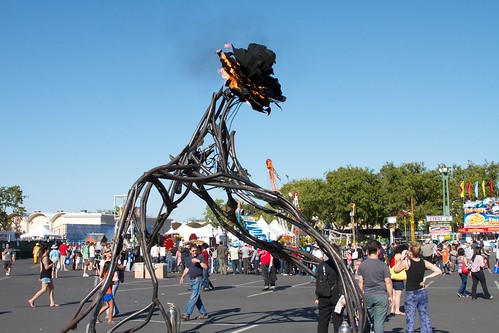

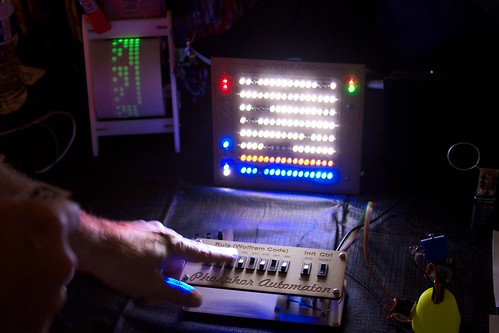
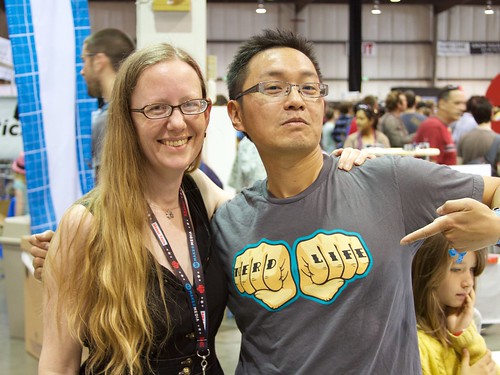
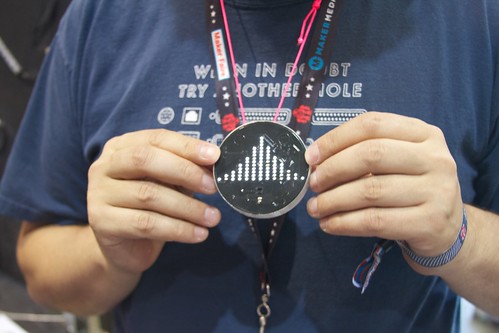

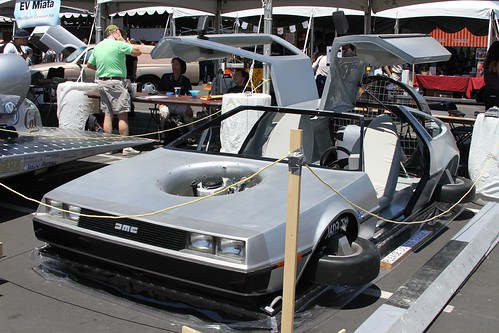

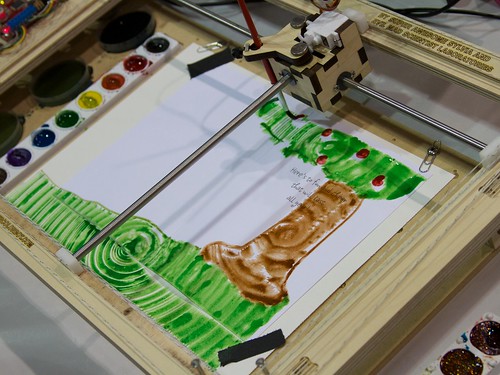
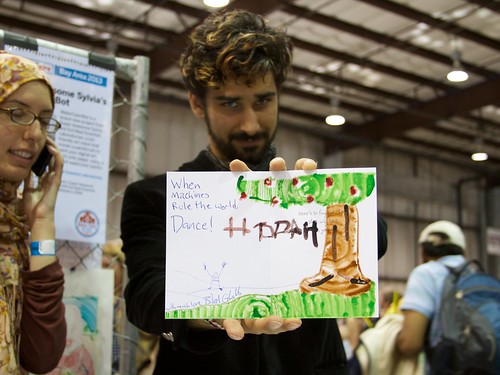
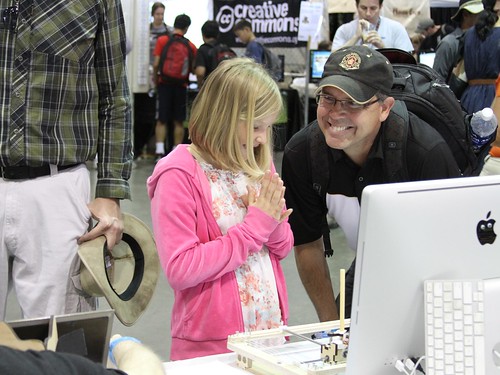
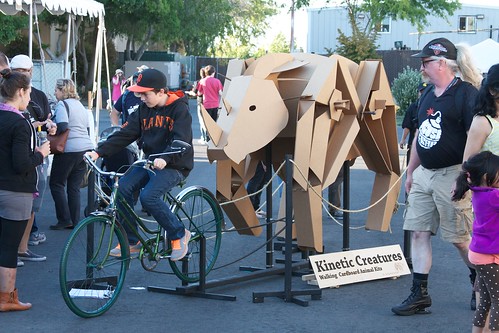
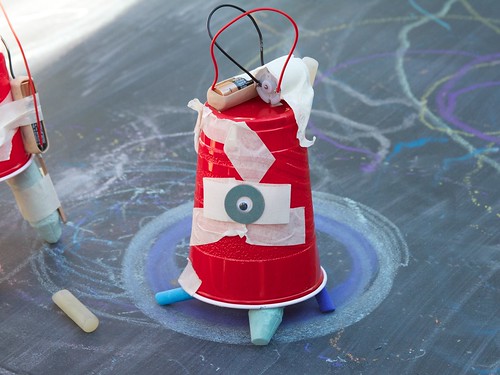
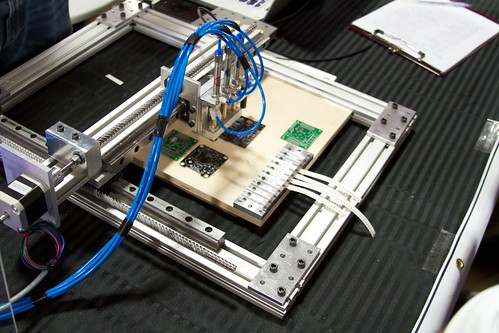
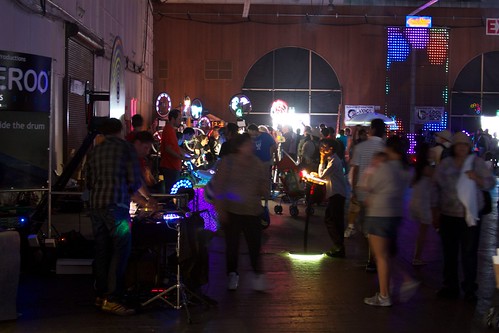
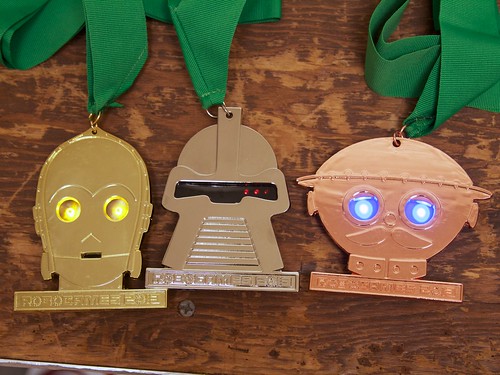

_cropped.jpg)















